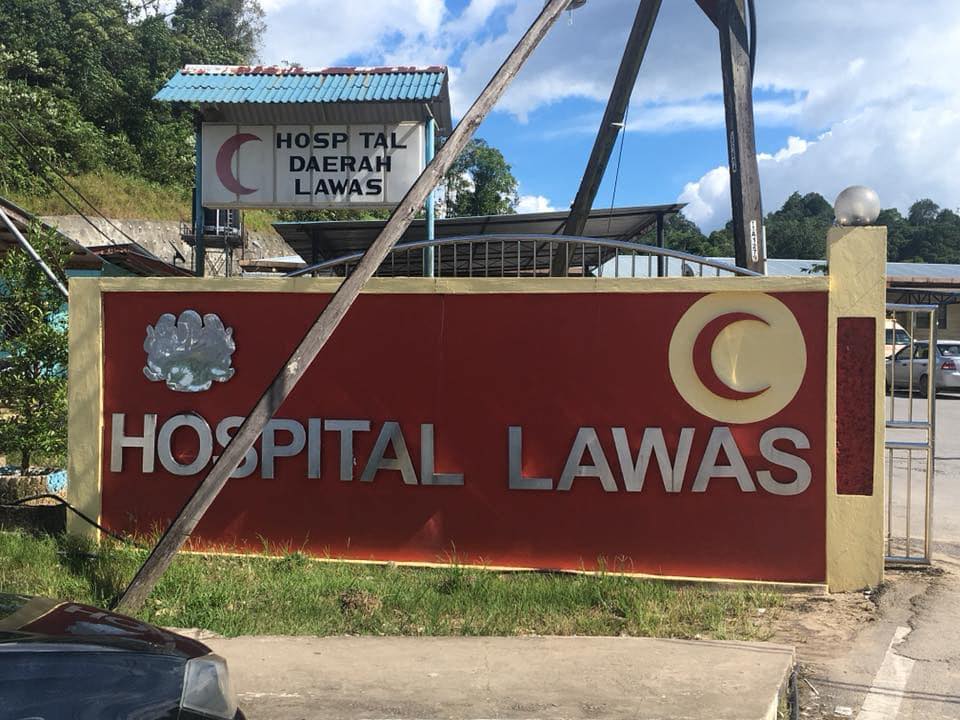KUALA LUMPUR, Sept 16 — Aaron Ago Dagang maintains that Sarawak does not lack health infrastructure, saying almost every large division has a major hospital and a wide distribution of clinics.
The Sarawakian deputy health minister cited Kuching, Sibu, Bintulu, Miri, Lawas, and Kapit as divisions of the state with a major hospital and clinics.
“I see that it’s not so much a lack of infrastructure or a lack of facilities that is the issue here, especially since we see now that most of the state is accessible by road,” Aaron told the “Program Live Streaming Abas Orang Kamek (AOK): Kafe Kamek” last September 8 at the Ministry of Health (MOH) headquarters in Putrajaya, organised by MOH and the Sarawak Public Communications Unit, Sarawak Volunteers, Pejabat Perhubungan Sarawak, and CATS FM.
“A large percentage of the state has road facilities throughout the state. With that, accessibility of clinics and hospitals is already quite convenient. But the problem, like I said earlier on, is still manpower.”
The deputy health minister also said a major public hospital and clinic in Miri are currently under construction. Construction for a new Lawas hospital has also begun, while Sri Aman Hospital is expected to be ready for use by next year.
Health Minister Dr Adham Baba told the Dewan Negara recently that Sarawak had one doctor for every 682 people last year, which means that the distribution of medical practitioners in the rural state is 1.5 times smaller than Malaysia’s nationwide 1:454 ratio.
Aaron said clinics in urban areas in Sarawak face congestion and long delays in outpatient services, due to an increase in population and the number of people falling sick. However, the interiors of the state are seeing fewer patients.
“Schools are like that, too. Schools in the interiors lack students, just like clinics. We have many clinics, similar to schools in Sarawak.”
Sarawakian lawmakers and medical practitioners, however, have highlighted the immense transportation costs to medical facilities in the state, such as a five-hour journey by land from Lawas to Miri. Travel from Kapit to Sibu takes three hours by boat.
They also called for additional tertiary hospitals, public health laboratories, and cancer centres in Sarawak, besides noting that basic infrastructure in the state, like roads, clean water, and electricity, remains poor.
Aaron said the shortage of specialist doctors in the public sector was not just a problem in Sarawak, but a nationwide issue.
“The problem is that these specialists, MOH gives them housemanship, compulsory service, they further their studies with a scholarship from MOH; at the end of the day, when they work as specialists, many will be taken by private hospitals throughout the country or outside the country because their value goes up,” the Kanowit MP said.
“There are definitely not enough specialists. In Sarawak, it’s really not enough.”
Dr Adham, however, told the Senate that as of June 30 this year, Sarawak has 421 medical specialists in the public sector, with zero vacancies.








